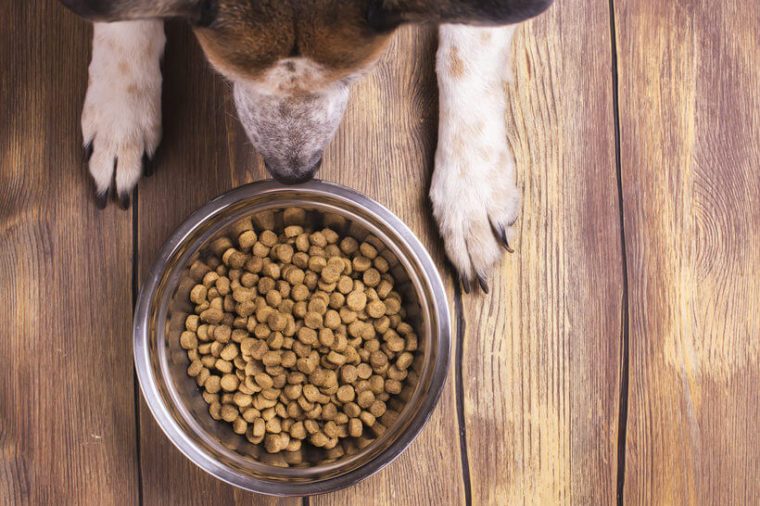 Picture the germiest place in your house. Most people will automatically assume it’s their bathroom. Others may think of kitchen countertops or entryways that rightfully deserve the name “mudroom.” But for all you pet owners, you’re probably overlooking one of the biggest germ culprits in your home: pet food bowls.
Picture the germiest place in your house. Most people will automatically assume it’s their bathroom. Others may think of kitchen countertops or entryways that rightfully deserve the name “mudroom.” But for all you pet owners, you’re probably overlooking one of the biggest germ culprits in your home: pet food bowls.
A study done by NSF International examined 30 everyday items from 22 different households, and pet food dishes ranked 4th in the final list of germ hot spots. The top three were kitchen sponge/dish rag, kitchen sink, and toothbrush holder.
Pet owners will likely be alarmed by these results—and rightfully so. Food bowls can serve as ideal breeding grounds for bacteria, mold, and yeast. But this concerning information might also raise some confusion. It makes sense to wash a bowl of wet dog or cat food, but surely refilling dishes with dry food isn’t that big of a deal, right?
Actually, that misconception is what keeps many pet owners from washing food dishes regularly. Veterinarian Dr. Jessica Vogelsang told iheartdogs.com that dry foods do leave residue, and that can result in bacteria like E. coli and Salmonella living in food bowls. As if that’s not bad enough, these germs can cause illnesses in both animals and humans.
To prevent any potential sickness spreading around your home, NSF recommends washing food and water bowls daily, either in a dishwasher or with soap and hot water. You should also sanitize the dishes weekly by soaking them in a gallon of water with a half-teaspoon of bleach for ten minutes. You may also consider investing in stainless steel or ceramic bowls; plastic ones can crack easily, giving germs an easy place to hide.
Be sure you look out for these other subtle ways your house might be making you sick.
[Source: Mental Floss]
